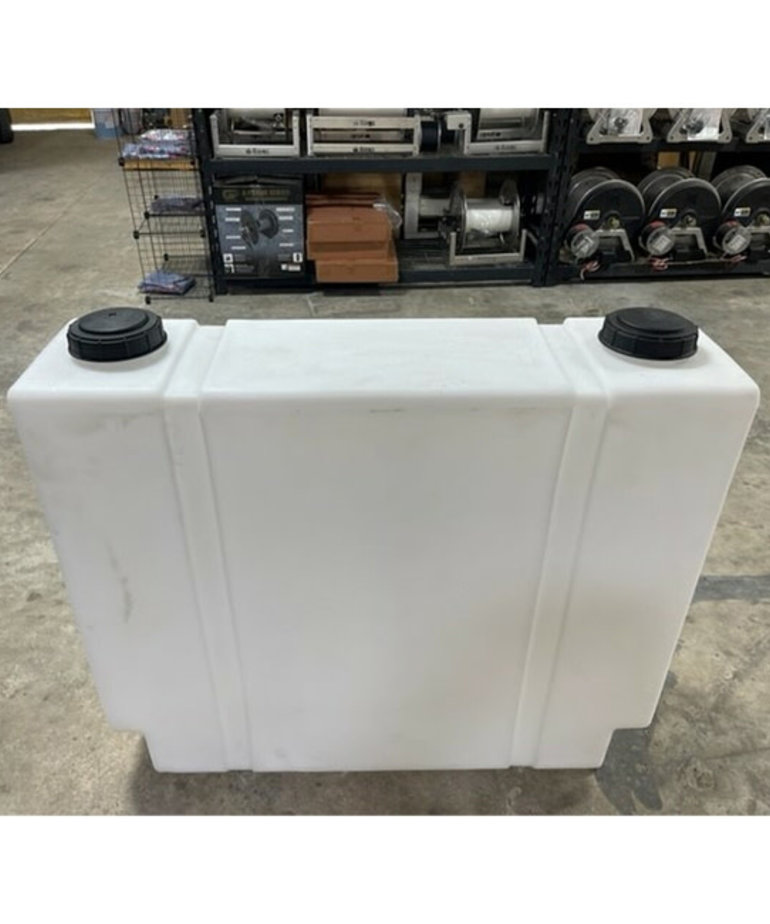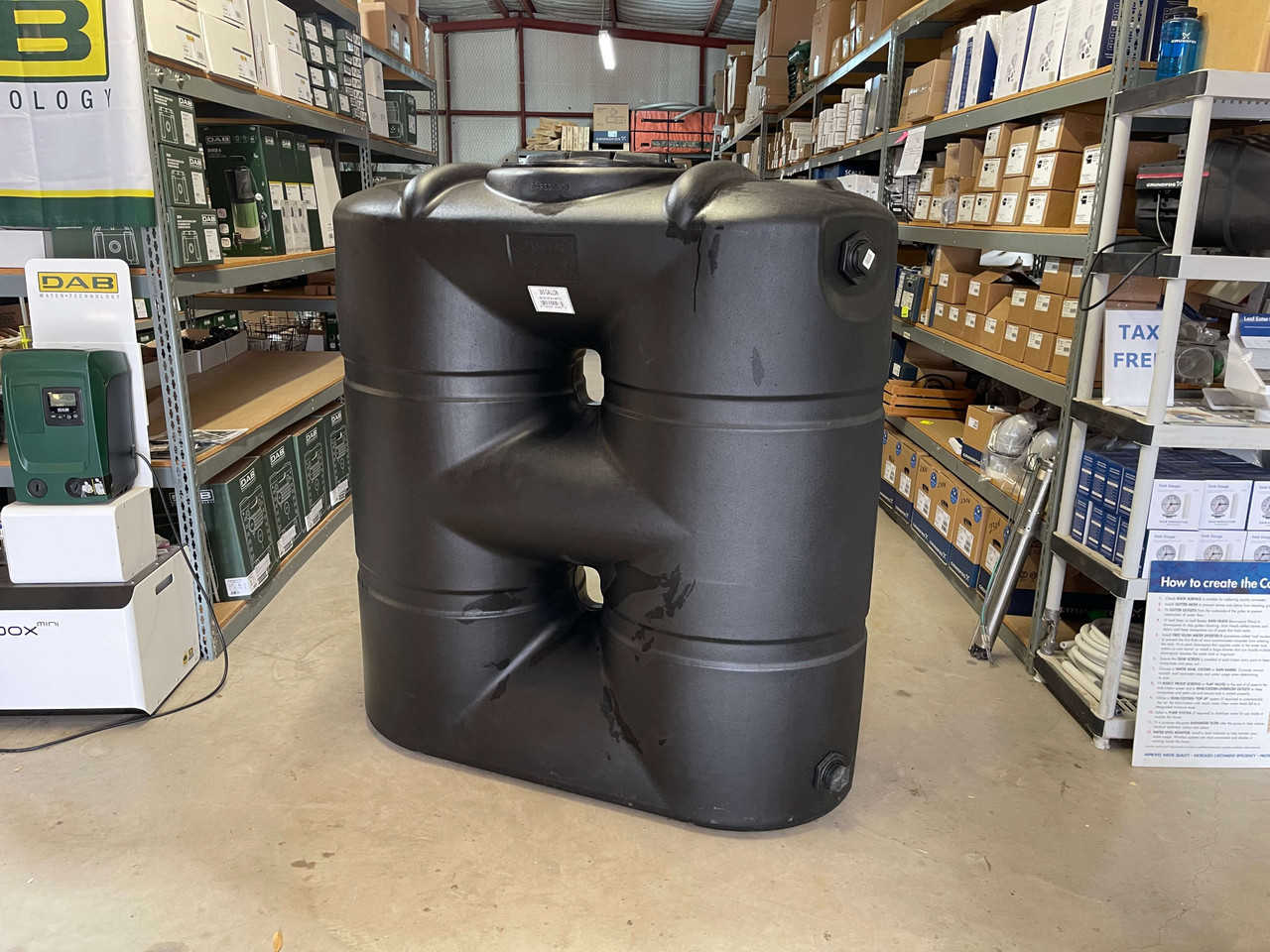Recognizing the Value of Rain Tanks in Drought-Prone Regions for Water Safety
In areas at risk to prolonged dry spells, the duty of rain storage tanks in bolstering water safety and security is a topic of expanding value. As areas face the difficulties of water scarcity, understanding the importance of these tanks goes past mere collection of rain. Rainwater storage tanks function as an important device in minimizing the influence of water scarcities by giving a sustainable resource of water for numerous demands. The true worth of rain tanks prolongs much past mere storage; it includes resilience-building actions and the promotion of long-lasting water preservation approaches. This multifaceted method to water protection warrants a closer evaluation of the function rain containers play in ensuring a trustworthy water supply during times of drought.
Benefits of Rainwater Tanks
Utilizing rain containers supplies a lasting remedy for boosting water and boosting water protection in residential and business setups. Among the key advantages of rain storage tanks is their ability to decrease dependency on mains supply of water. By capturing and keeping rainwater that drops on roofs, this different resource can be used for various non-potable purposes such as watering, flushing toilets, and cleaning clothing. This not only conserves cured drinking water but additionally reduces water bills for users.

Rain Harvesting Strategies
Rain harvesting strategies incorporate a variety of methods made to effectively collect and save rainwater for various objectives, contributing to water preservation and sustainability. One more popular strategy is the use of above-ground or below ground storage space tanks to keep rainwater for later usage.

Additionally, rainfall yards and permeable pavements are cutting-edge techniques that include landscape design or paving surface areas in such a way that enables rain to percolate into the ground, restoring groundwater reserves. Furthermore, shape farming and terracing are farming practices that help catch rain and prevent dirt disintegration in hilly terrain. By applying these diverse rainwater harvesting methods, neighborhoods can boost water security and durability in drought-prone regions while advertising lasting water monitoring techniques.
Importance of Water Safety And Security
Making sure trusted accessibility to tidy and enough water sources is extremely important for maintaining human wellness, financial growth, and ecological health. Water protection is an important check that facet of social resilience, specifically in areas vulnerable to dry spells and water scarcity. Ample water security incorporates numerous measurements, including accessibility, quality, and ease of access of water for domestic, farming, commercial, and environmental needs.
Water security plays an essential role in advertising public health and wellness by minimizing the occurrence of waterborne diseases and ensuring hygiene facilities. Economically, water protection is crucial for agricultural productivity, commercial operations, and overall financial growth. Slimline water tanks. Moreover, water protection is carefully linked to ecological sustainability, as it sustains communities, biodiversity, and total environmental balance.
In drought-prone areas, water safety and security comes to be even extra important due to the enhanced risk of water scarcities. Executing approaches like rainwater harvesting, water recycling, and effective water management methods can dramatically improve water protection in these areas. By prioritizing water protection, communities can much better hold up against the click to investigate impacts of environment adjustment, population growth, and various other obstacles that threaten water accessibility.
Enhancing Water Strength
With enhancing worldwide water obstacles, building resilience in water systems has actually come to be an essential focus for lasting growth initiatives. Enhancing water resilience involves carrying out approaches to ensure water availability and high quality when faced with transforming ecological problems, such as dry spells, floodings, and pollution.
One key aspect of improving water durability is promoting the usage of rain storage tanks in drought-prone areas - Slimline water tanks. Rain storage tanks act as a reliable methods of recording and saving rain for later usage, minimizing dependence on limited freshwater sources during dry periods. By incorporating rainwater harvesting systems into water management strategies, areas can boost their capacity to stand up to water shortage and preserve water safety

Lasting Water Conservation
Amidst intensifying water obstacles, the sensible management of water resources with lasting conservation practices is critical for ensuring long-lasting ecological security and social well-being. Sustainable water conservation involves the reliable use water resources to Website meet present demands without endangering the ability of future generations to meet their own demands. By applying strategies such as rainwater harvesting, greywater recycling, and water-efficient technologies, communities can minimize water waste and minimize pressure on freshwater sources.
Additionally, sustainable water conservation practices contribute to ecosystem health by maintaining adequate water degrees in rivers, lakes, and wetlands, supporting biodiversity, and preserving natural environments. These techniques additionally play a vital function in alleviating the effects of climate change by aiding to adjust to altering precipitation patterns and water schedule.

Conclusion
In conclusion, rainwater containers play a vital role in improving water security and resilience in drought-prone regions. By using rain harvesting techniques, communities can decrease their dependence on typical water sources and promote sustainable water conservation methods. This not just aids mitigate the impacts of water scarcity during droughts however likewise adds to lasting water security and resilience in the face of climate change difficulties.